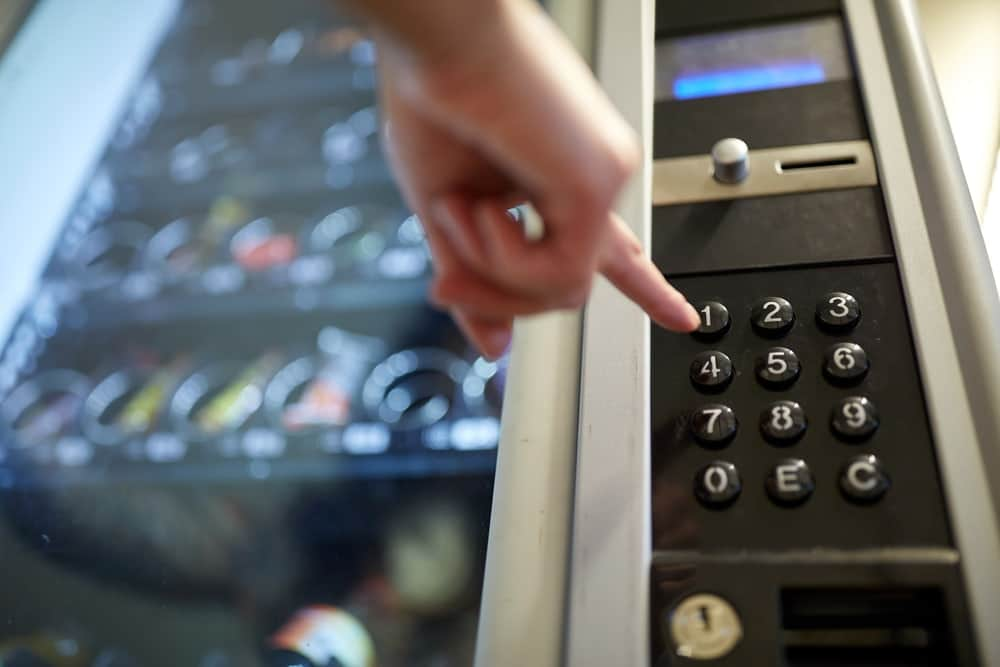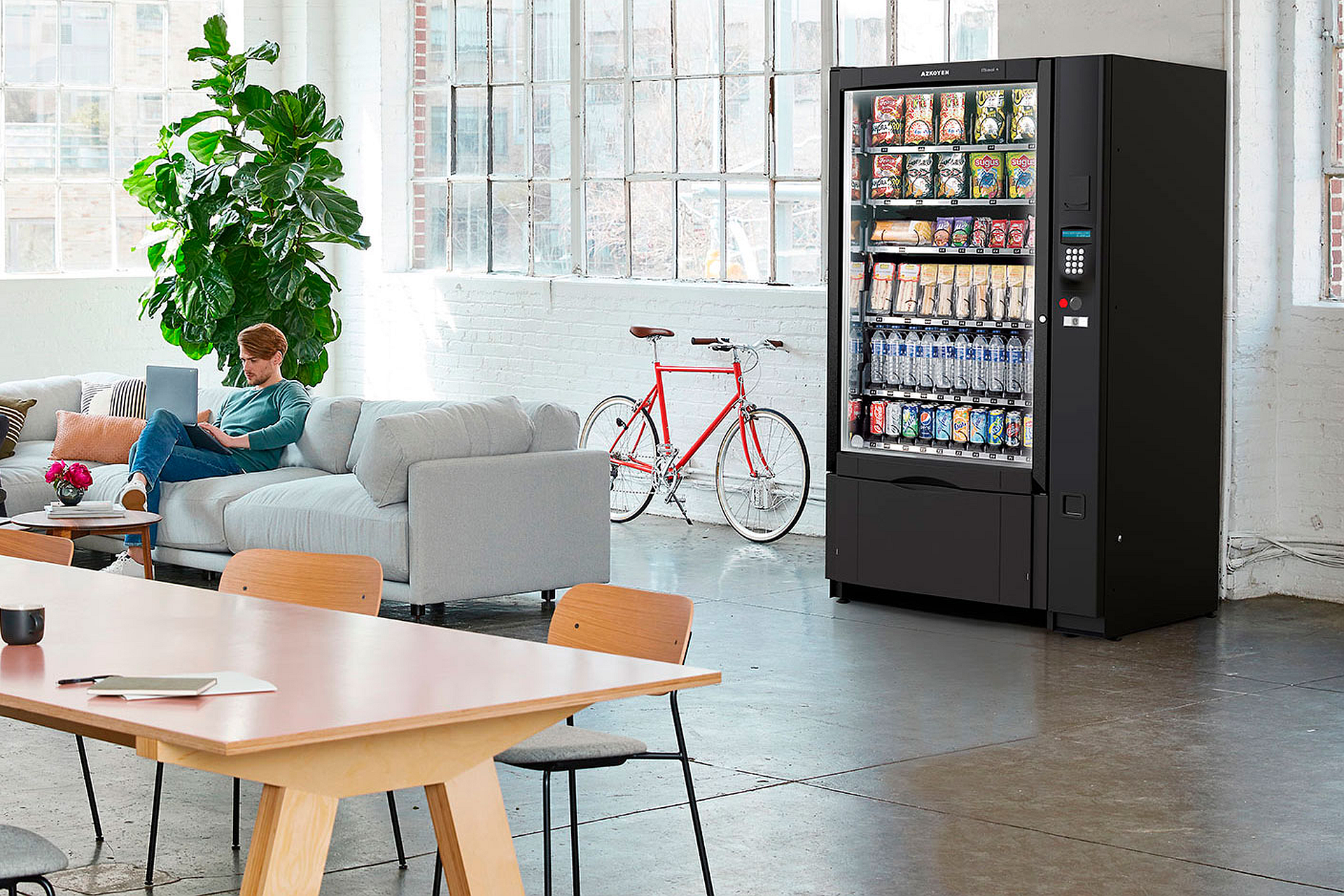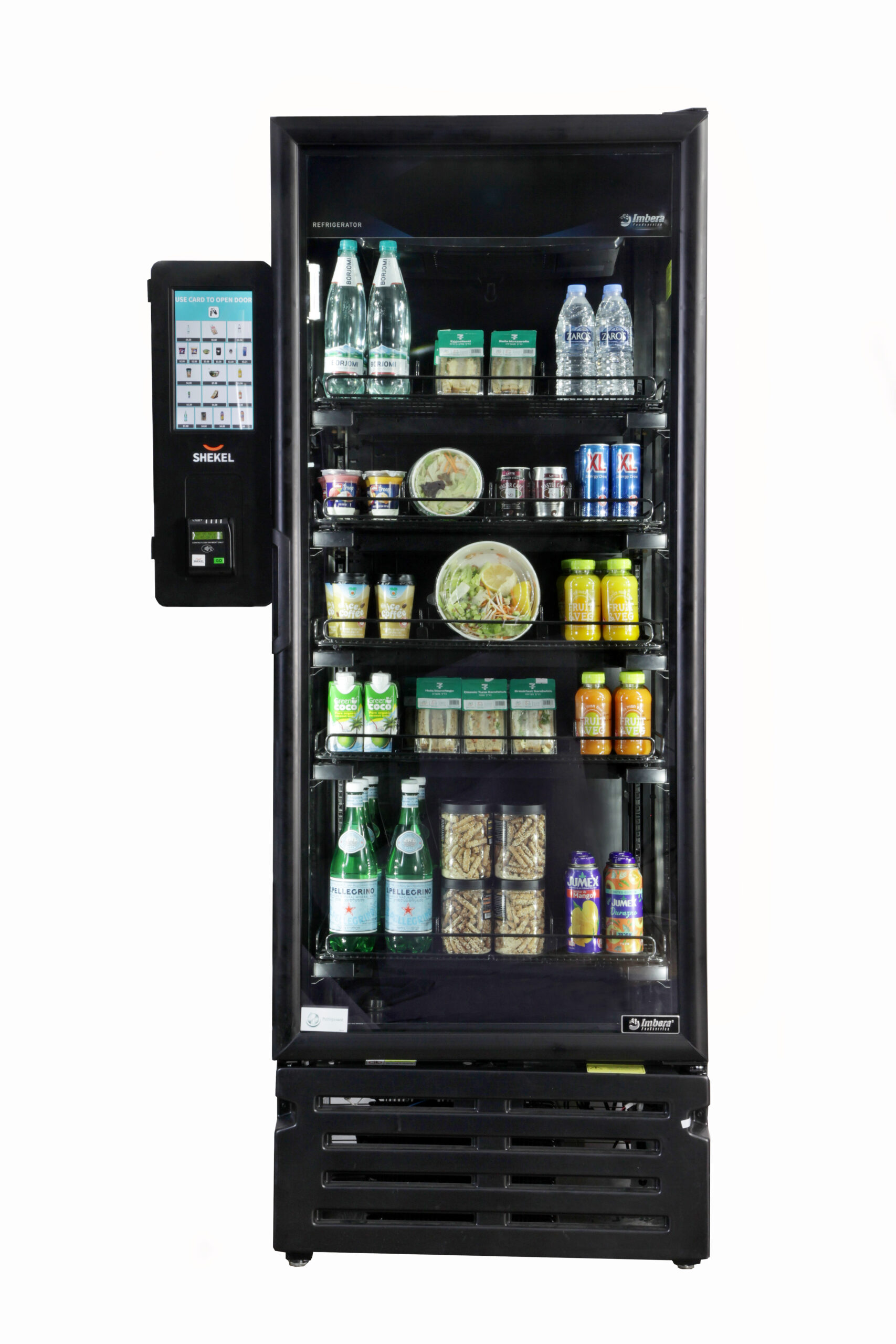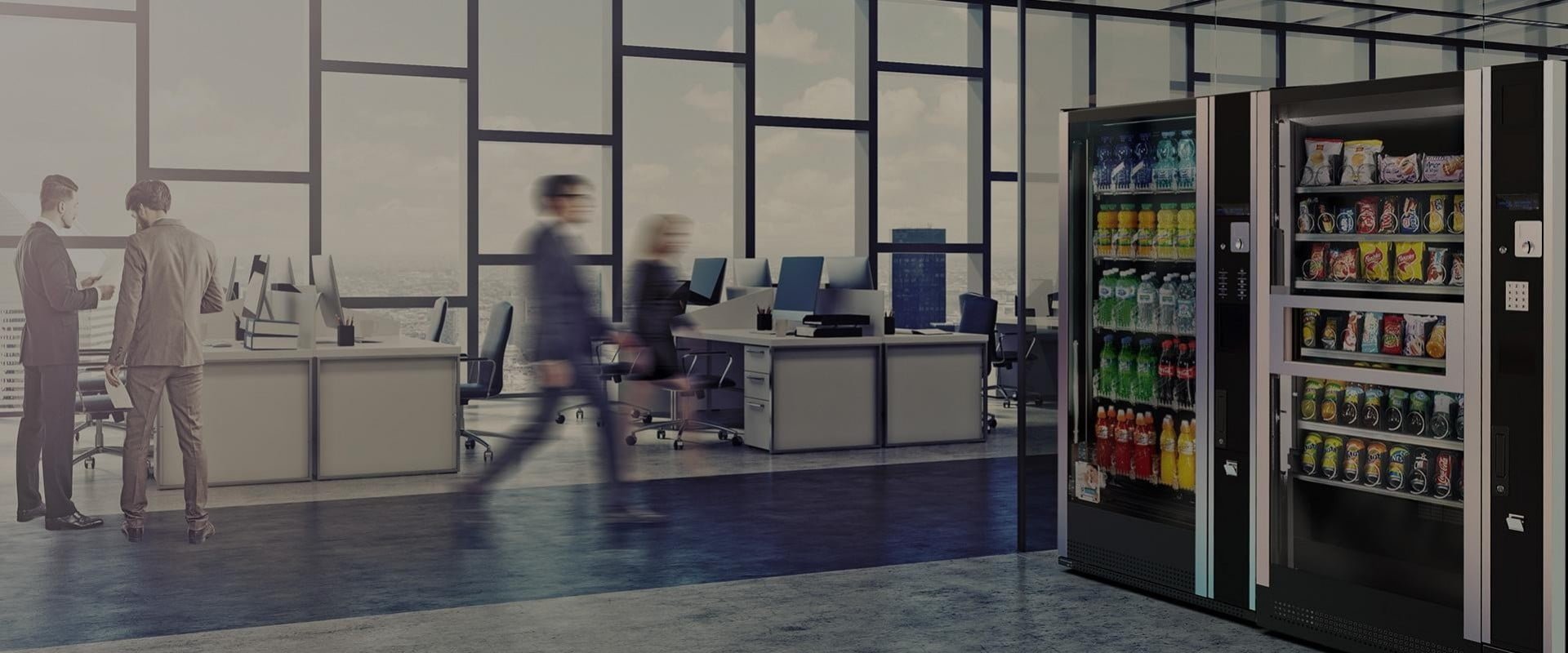
There’s no question that the era of the smart vending machine is here. The smart vending machine industry generated over $20 billion in revenue worldwide in 2023, with that number expected to grow to nearly $50 billion by 2030. As the industry evolves, traditional vending machines are starting to look out of place. More importantly, older machines are becoming obsolete, failing to generate the same level of sales as newer smart vending machines.
The transformation in the vending industry is driven by technological advancements that cater to modern consumer needs. With this shift, businesses must carefully consider the specific smart vending machines they deploy to maximize their investment. Selecting the right machine is not just about replacing old equipment; it involves making informed decisions based on demographic insights and understanding who will use these machines and where.
Understanding Demographic Insights
Demographic insights play a critical role in determining the success of a smart vending machine. By analyzing factors such as age, income level, occupation, and lifestyle, businesses can select machines that align with the preferences and behaviors of their target audience. For example, a smart vending machine placed in a college campus setting will have different requirements than one located in a corporate office or a hospital.
Repeat Customers
One of the key factors to consider when choosing a smart vending machine is whether the location will have repeat customers. This is particularly important in environments such as corporate offices, gyms, and residential buildings where the same individuals are likely to use the machine regularly. In these settings, features like facial recognition and loyalty programs can enhance the customer experience.
Facial recognition software allows the machine to remember customers, providing personalized experiences by recalling past purchases and predicting future needs. This technology can be a powerful tool in driving repeat business, as it creates a sense of familiarity and convenience for the customer. Moreover, loyalty programs that offer rewards or discounts can further incentivize repeat purchases, making the smart vending machine a valuable asset in locations with consistent foot traffic.
However, if the smart vending machine is placed in a transient location, such as a busy train station or an airport, where the likelihood of repeat customers is low, these features might not provide the same value. In such cases, businesses may opt for machines that focus on speed and efficiency rather than personalization.
Price Points and Product Selection
The pricing strategy for products offered by a smart vending machine should reflect the economic profile of the target demographic. In high-income areas, customers might be willing to pay a premium for specialty items or gourmet snacks, making it feasible to stock the machine with higher-priced products. Conversely, in areas with a more price-sensitive audience, the focus should be on affordability and value.
Smart vending machines have the added advantage of dynamic pricing capabilities. This means that prices can be adjusted in real time based on factors such as demand, time of day, or inventory levels. For example, a machine located in a business district might offer coffee at a higher price during morning rush hours and at a discount in the afternoon. This flexibility allows businesses to maximize profits while catering to the purchasing habits of their customers.
Additionally, the choice of products offered should consider the specific needs and preferences of the demographic. In a health-conscious environment, stocking items like protein bars, bottled water, and fresh fruit might be more appropriate than sugary snacks and sodas. Meanwhile, in a family-oriented location, the machine might include options for both adults and children, such as healthy snacks alongside more indulgent treats.

Payment Options
One of the most significant advantages of a smart vending machine is the variety of payment options available. Beyond traditional cash and coins, these machines often accept credit cards, contactless payments, and mobile payment apps like Apple Pay or Google Wallet. However, the payment methods offered should reflect the preferences of the target demographic.
For example, younger consumers, who are generally more tech-savvy, might prefer using mobile payments or digital wallets. In contrast, older customers might still favor traditional payment methods like cash or credit cards. By offering multiple payment options, businesses can ensure that they cater to the widest possible audience, enhancing convenience and driving sales.
Moreover, smart vending machines can integrate with loyalty apps or employee badges, making transactions even more seamless for regular users. In corporate environments, this can streamline the process, allowing employees to quickly grab a snack or a drink without needing to carry cash or a card. An excellent example of this is Innovendi, a fully autonomous vending machine equipped with Shekel’s Product Aware Shelf kits. This advanced technology allows customers to enjoy a simple, grab-and-go experience, enhancing efficiency and user satisfaction.

Openness to New Technologies
The success of a smart vending machine can also depend on how open the target demographic is to new technologies. Some smart vending machines offer advanced features like facial recognition, personalized recommendations, and app-based reservations. However, the effectiveness of these features depends on whether the demographic is inclined to use them.
For instance, a tech-savvy, younger audience is more likely to appreciate and utilize features like mobile reservations, personalized product suggestions, and app-based payments. In contrast, an older demographic might find these features unnecessary or even confusing. In such cases, it might be more beneficial to focus on features that improve the operational efficiency of the machine, such as remote monitoring and data analytics, which can help the business optimize stock levels, maintenance schedules, and overall performance. Learn when your vending machine needs a tech upgrade here.
Security Features
Security is a vital consideration for smart vending machines. Regular software updates are necessary to ensure machine security and optimal performance. Features like real-time monitoring and secure payment systems can help prevent fraud and protect the machine from unauthorized access.
Smart vending machines are equipped with various security measures, including encrypted payment systems, remote locking capabilities, and tamper-resistant designs. These features are particularly important in high-traffic areas or locations where the machine might be vulnerable to theft or vandalism.
Additionally, the ability to monitor the machine remotely allows operators to quickly respond to any issues, such as attempted break-ins or malfunctions, ensuring the machine remains operational and secure. This level of security is crucial in maintaining customer trust and protecting the investment in the vending machine.

Location-Based Considerations
On the Road: Some of the most popular places for smart vending machines are rest areas and travel hubs where travelers frequently stop. These locations present unique challenges and opportunities. For example, a smart vending machine in a rest area might need to offer a wider range of products, including both snacks and substantial meals, to cater to the diverse needs of travelers. The demographics of the travelers, whether they are families, truck drivers, or tourists, will also influence the type of products and features the machine should have.
Office Settings: In office environments, smart vending machines serve as a convenient option for employees looking for a quick snack or meal. However, the specific features needed can vary based on the demographics of the workforce. Younger, tech-savvy employees might appreciate the advanced features of a smart vending machine, such as app-based ordering and personalized recommendations, while more traditional workplaces might benefit from a simpler, more straightforward machine.
Volume Buyers: The location and demographic profile of a smart vending machine can also influence whether customers will be high-volume or low-volume buyers. High-volume locations might require machines with advanced inventory tracking and a larger capacity to handle frequent restocking needs, while low-volume areas might not justify the additional features.
For example, a smart vending machine placed in a bustling corporate office with hundreds of employees is likely to see a high volume of transactions throughout the day. In such a setting, features like automatic restocking notifications and real-time inventory management become crucial, ensuring that the machine is always well-stocked and ready to meet demand. On the other hand, a machine placed in a smaller office or a residential building might experience lower traffic, making some of the more advanced features less necessary.
Here are 10 hotspots you should consider for your smart vending machines.
Final Thoughts
Choosing the right smart vending machine involves more than just selecting a modern replacement for an old model. It requires a deep understanding of the demographics that will interact with the machine and careful consideration of the features that will best serve those users. By analyzing factors such as repeat customer potential, price sensitivity, openness to technology, and location-specific needs, businesses can select smart vending machines that not only meet customer expectations but also drive sales and enhance operational efficiency.
Talk to our experts to learn more about our smart vending machine technologies that drive sales and enhance customer experience.




